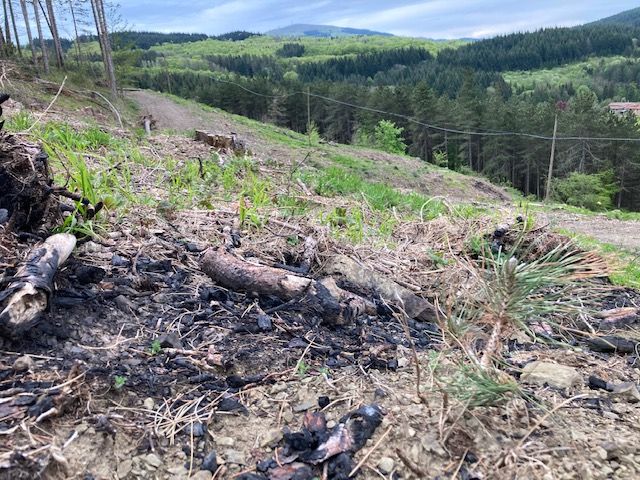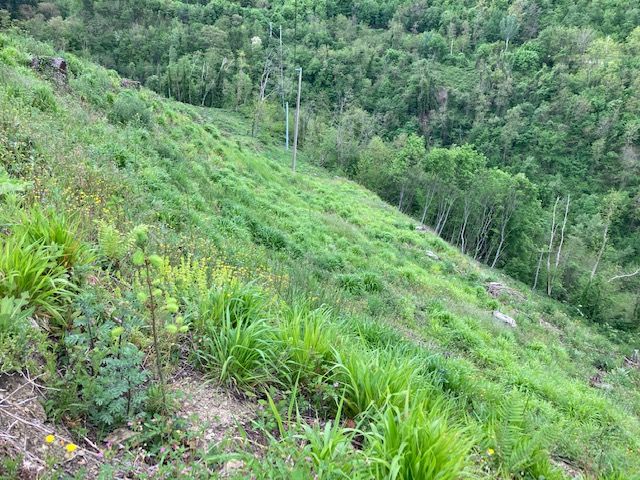In the heart of Tuscany, the forest of Pomino is being restored. Trees are being planted and the natural regeneration of the existed plants is supported to ensure the future of the forest.

In the north of Florence, the Pomino forest lies by the side of the Casentino national forest park. Within this homogeneous massif, crossed by agricultural and wine-growing plots, 134.273 trees of various species are planted. The multi-year project, which began in 2018, concerns 80 hectares of land and will end in 2023.
A forest full of history
Tuscany is one of Italy’s most visited regions because of its architecture, land, gastronomy, but also its preserved natural areas. The area is full of protected green spaces surrounding small villages that are popular among tourists from all over the world. The village of Pomino is located 7 kilometers away from the town of Ruffina. This village of 228 inhabitants is particularly known for its production of white and red wines. Around the vineyards, the forest offers unique landscapes to strollers and hikers.
Throughout the years, several events came to punctuate the life of Pomino’s forest. After WW2, douglas trees have been mostly introduced along with pines and larches. This barely diversified stand was thus particularly sensitive to climatic hazards and biological attacks. To fortify the forest, its owners planted new species during the 2000s. In order to protect the forest's economic function, a quantity of Douglas firs was harvested so that new trees could be planted. The remaining plants were regenerated and gradually converted into hardwoods. This strategy is now starting to pay offt: the forest is diversified and strengthened. Today, it is home to a rich biodiversity but also woolves, which contribute to the regenerating the forest.
A long-term process that needs to be consolidated

However, this approach bears a cost. The price of maintenance and operations is very high, while the income derived from Douglas production has decreased. This is why Reforest'Action has been supporting the project since 2018, with the help of the Banca Nazionale del Lavoro.
During the 2018-2019 season, 27,624 Douglas fir trees were planted and techniques of natural regeneration have been used to protect hardwoods (oaks, chestnuts, birches and beeches). The following year, 35,000 Douglas fir trees were planted, while the natural regeneration of hardwoods continued. In the 2020-2021 season, 41,157 trees of various species (pedunculate oaks, sessile oaks, hop hornbeams, ashes, plane maples, limes, cherry trees) were introduced and 30,492 deciduous trees were protected.
By 2023, the two thirds of the massif will be converted into a diversified mixed forest, composed of species perfectly adapted to the site’s climatic conditions. Ultimately, the balance between the environmental, social, landscape and economic functions of Pomino’s forest will be restored.